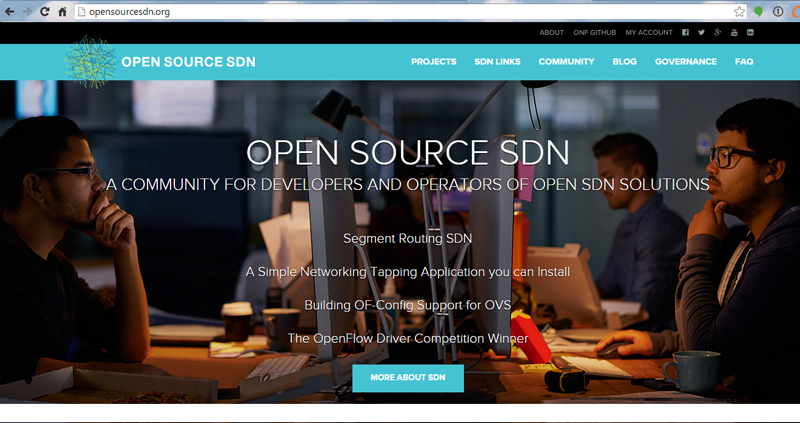 Alcatel-Lucent introduced a 1-port 400G IP line card with integrated, tunable DWDM optics that enables data transmission between existing Alcatel-Lucent IP Routers at speeds of 400 Gbps line rate over hundreds of kilometers.
Alcatel-Lucent introduced a 1-port 400G IP line card with integrated, tunable DWDM optics that enables data transmission between existing Alcatel-Lucent IP Routers at speeds of 400 Gbps line rate over hundreds of kilometers.The new Alcatel-Lucent 1-port 400G IP line card, which is powered by the company's FP3 400G routing processor, provides the industry’s first ‘clear channel 400G’ capability, avoiding the need to aggregate IP traffic over multiple 100G links. It could also be used to interconnect routers at 400G using alien wavelengths over a DWDM transport network. The 1-port 400G IP line card will be available for use in Alcatel-Lucent’s XRS IP Core Routers and on its 7750 SRs in the second-half of 2015.
Alcatel-Lucent will also be introducing GMPLS-UNI (Generalized Multiprotocol Label Switching User Network Interface) to its IP router portfolio in the second half of 2015. This will enable operators to coordinate the optical and IP network layers. Greater control plane co-ordination between IP and optical networks can deliver efficiency gains of 40%, according to a recent study by Bell Labs, the research arm of Alcatel-Lucent.
"Networks need to evolve to ever higher capacity and port speeds, but changes can be costly. The transition from 10G to 100G was very disruptive for many network operators, but today we can say we are the first router vendor to enable the transition from 100G to 400G link speeds, leveraging our FP3 technology so that there is no disruption to operators in terms of having to retrofit or forklift their installed hardware base,” stated Steve Vogelsang, CTO for IP Routing and Transport.
http://www.alcatel-lucent.com/press/2015/alcatel-lucent-boosts-operator-capacity-deliver-big-data-and-video-over-existing-networks-launch



















